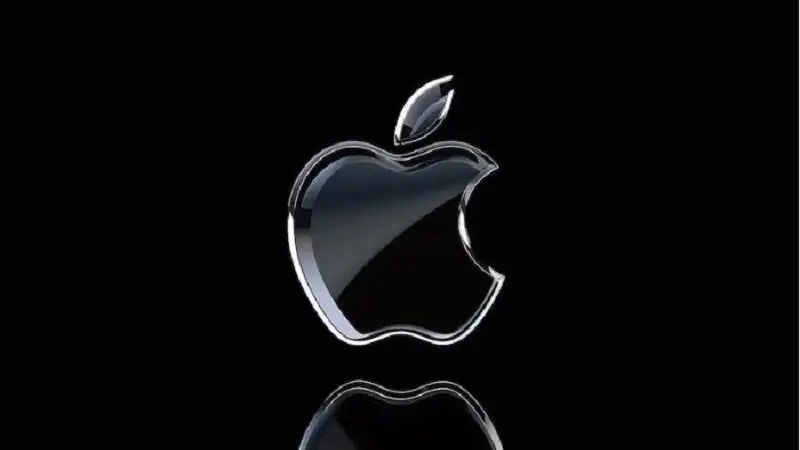Apple has always been a trailblazer in the technology sector, consistently pushing the envelope with innovative products, software solutions, and services. One of the latest developments that has piqued the interest of tech enthusiasts is the Apple Sign Applemiller9to5Mac. In this article, we’ll explore the various aspects of this new feature, what it means for users, and how it aligns with Apple’s broader strategy of providing a seamless, secure, and user-friendly ecosystem.
What is Apple Sign Applemiller9to5Mac?
Apple Sign, integrated with Apple Sign Applemiller9to5Mac is a secure sign-in feature that allows users to log into third-party apps and websites using their Apple ID. This technology was introduced to protect user privacy while offering convenience. With the rapid rise of online services and apps, having a single, secure login system helps users avoid the hassle of remembering multiple passwords while reducing the chances of data breaches.
Apple Sign Applemiller9to5Mac appears to be a specialized implementation or use case within the Apple Sign ecosystem, likely focused on specific services or platforms related to Apple. It takes advantage of the underlying technology of Sign in with Apple, but with additional customization for the users of the Apple Sign Applemiller9to5Mac platform, a popular Apple news and review site.
How Does Apple Sign Enhance Security?
Security has always been a central concern in the digital age, especially with personal data being more valuable than ever. Apple Sign leverages advanced encryption techniques to ensure that a user’s personal data, including their email and password, remains private.
- End-to-End Encryption: Every time you use Apple Sign, your credentials are encrypted and transmitted over a secure channel. This ensures that neither Apple nor the third-party service can access your actual login information.
- Private Relay Feature: A standout feature of Apple Sign is its private email relay system. Users can choose to hide their real email addresses by using randomly generated aliases. This helps protect against spam and unwanted marketing emails while keeping your actual email secure.
- Two-Factor Authentication (2FA): For even more protection, Apple Sign incorporates two-factor authentication. Every login attempt requires not only the password but also a secondary form of verification, typically a code sent to another Apple device linked to your Apple ID.
Seamless Integration Across Apple Ecosystem
One of Apple’s unique selling points is the seamless integration across its ecosystem. Apple Sign extends this, ensuring users can sign in across multiple devices—whether it’s an iPhone, iPad, Mac, or even an Apple Watch—with ease.
- Single Sign-On: With Apple Sign, you don’t need to worry about logging into each device or app individually. Your credentials sync across all your Apple devices, so you only need to sign in once. This not only saves time but also improves user experience.
- Cross-Platform Compatibility: Although Apple Sign is primarily designed for use on Apple devices, it’s also compatible with non-Apple platforms such as Android or Windows. This means users can still enjoy the security benefits of Apple Sign even when they aren’t using Apple products.
User Privacy: Apple’s Priority
Apple has long championed privacy as a core value. The launch of Apple Sign Applemiller9to5Mac is no exception. Unlike other sign-in services such as Google or Facebook, which often collect and sell user data, Apple prioritizes user privacy above all else.
- Minimal Data Collection: Apple Sign only requests the information necessary for a secure login, like your Apple ID. No additional data is collected without explicit user consent.
- No Tracking: Apple implemented safeguards to ensure that different apps or websites don’t track your login information. This means that advertisers or app developers can’t use your Apple Sign data to build user profiles or target you with ads.
- Transparency and Control: Users are given clear options on what data they want to share when signing in. If an app requests your email, for example, you can choose to hide it and use an anonymized email address provided by Apple.
Customization Through Apple Sign Applemiller9to5Mac
The inclusion of Apple Sign Applemiller9to5Mac in this technology is intriguing, as it suggests a tailored approach to Apple’s broader sign-in functionality. The 9to5Mac platform is a key source of news and reviews for the Apple community, and it seems this feature might offer unique benefits to users who frequent such sites.
- Personalized News Feeds: By integrating Apple Sign with Apple Sign Applemiller9to5Mac, users may be able to create personalized feeds, tracking Apple news that is relevant to their interests.
- Exclusive Content Access: Some features of the Apple Sign Applemiller9to5Mac experience may allow for exclusive content or early access to new Apple products, reviews, or interviews with industry insiders.
Comparing Apple Sign with Other Sign-In Services
There are several sign-in options available in today’s market, but Apple’s approach with Apple Sign has unique strengths compared to services like Google or Facebook.
- User Control: While Google and Facebook logins often require users to share significant amounts of personal data, Apple allows users to control exactly what they share. This aligns with their emphasis on privacy.
- No Data Monetization: Apple doesn’t monetize user data, which sets it apart from many competitors. Google and Facebook make a significant portion of their revenue from advertising and data-sharing partnerships, which isn’t the case with Apple.
- Security Focus: Apple Sign uses hardware-based security through devices like iPhones and MacBooks, providing an extra layer of protection.
The Future of Apple Sign and Applemiller9to5Mac
Apple’s sign-in technology is still evolving, and its integration with platforms like Apple Sign Applemiller9to5Mac is a testament to its expanding ecosystem. As privacy concerns grow and users demand more security, Apple Sign is likely to become more widespread, not just within Apple’s own services but across the broader digital landscape.
- Increased Adoption: Expect to see more apps and websites adopting Apple Sign as their primary login option, especially as users become more aware of privacy risks.
- Expanded Features: Future iterations of Apple Sign may include additional security measures, deeper integration with Apple services, and more customizable options for users.
Conclusion
Apple Sign Applemiller9to5Mac represents Apple’s commitment to creating a secure, user-friendly, and privacy-focused ecosystem. By allowing users to easily and safely sign into various platforms, Apple has addressed one of the biggest concerns in the digital age: protecting personal data. The integration with Apple Sign Applemiller9to5Mac further showcases Apple’s strategy of not only enhancing security but also offering personalized, value-added services to its loyal user base.

